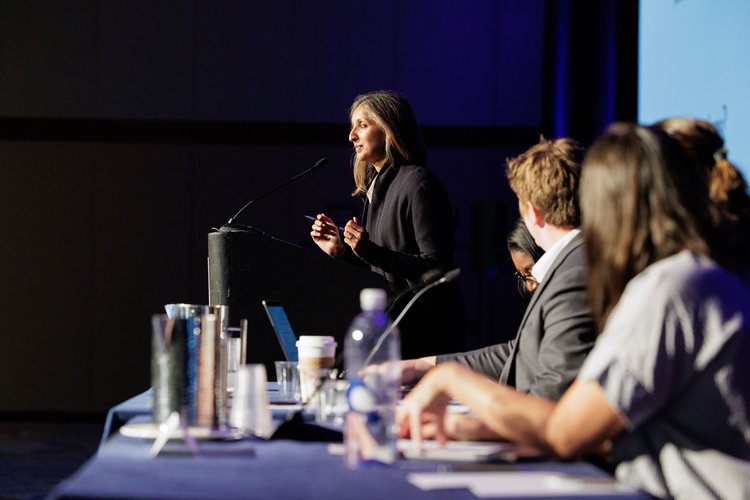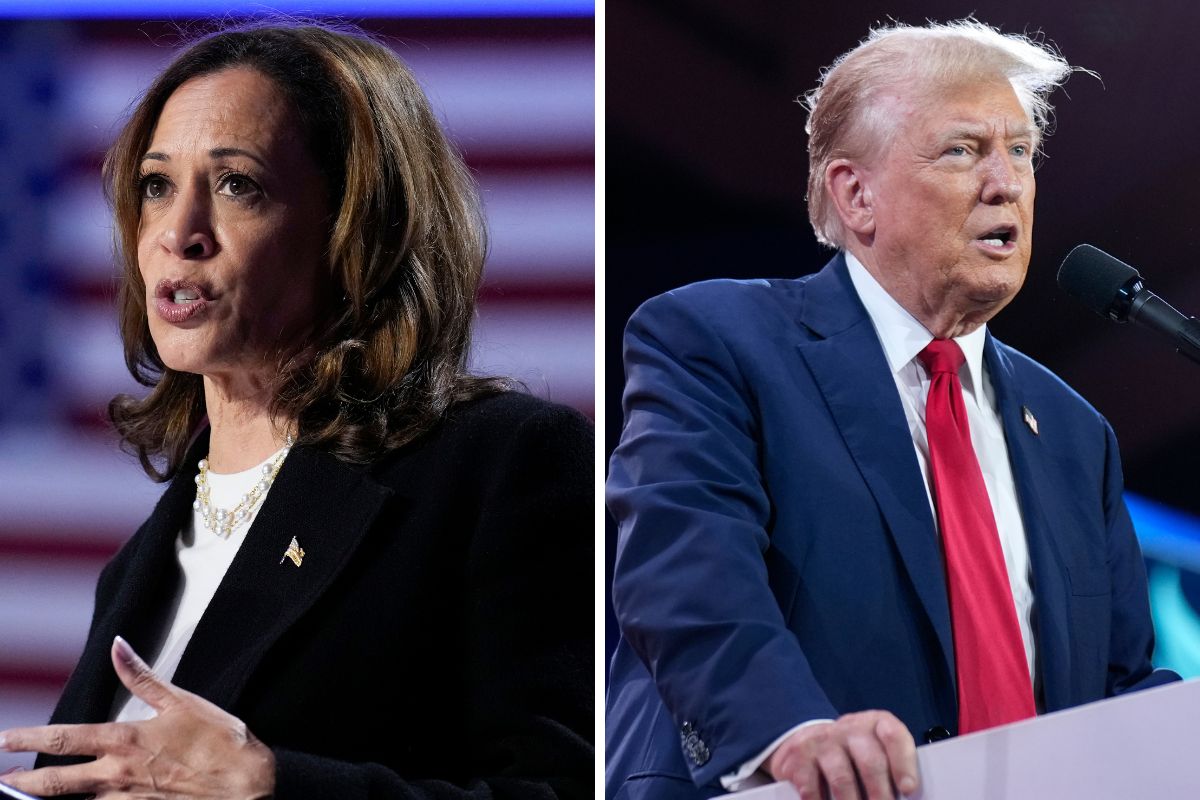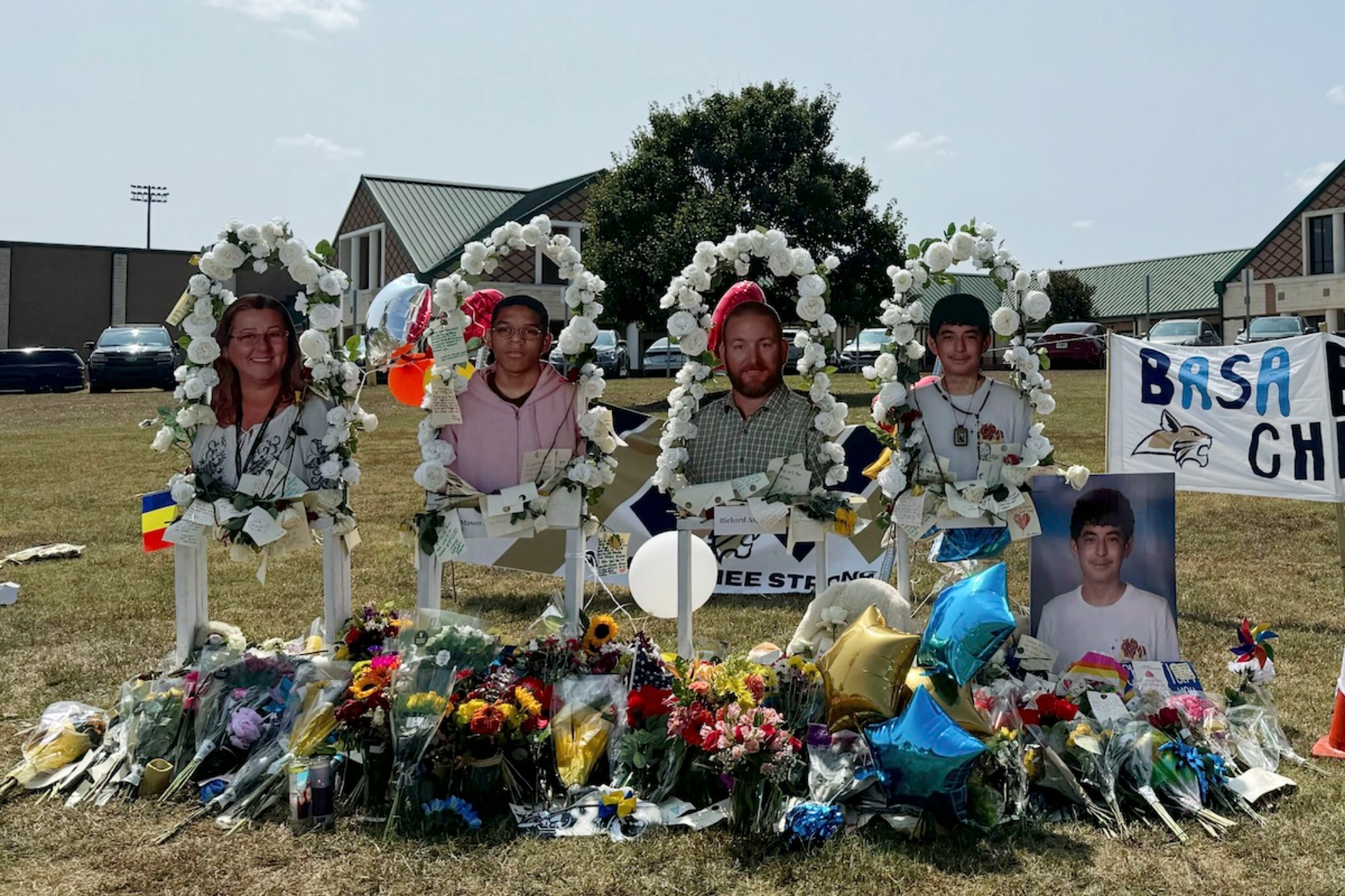Bullets are on the ballot this November, from the battle for the White House to state and local elections after another summer in the United States marked by violence and tragedy. There have been 428 mass shootings in 2024 alone and firearms remain the leading cause of death among children and teens in the U.S., according to the Centers for Disease Control and Prevention.
“We are in a constant state of reaction,” says TC’s Sonali Rajan, Professor of Health Education and the first and founding president of the Research Society for the Prevention of Firearm-Related Harms, who studies evidence-based solutions that can curb the public health threat.
“What we need to be doing is investing in resources and efforts that are focused on the meaningful prevention of gun violence and scaling up the many multilevel solutions we know work,,” says Rajan. “It’s complicated; we need to think about preventing all forms of firearm-related harms, as well as doing all we can to support schools and communities in the aftermath of gun violence — both in the short- and long-term.”

Sonali Rajan (Ed.D. ’10) addressing colleagues at the 2023 National Research Conference for the Prevention of Firearm-Related Harms. (Photo courtesy of the Research Society for the Prevention of Firearm-Related Harms)
Rajan’s research to reduce gun violence packs her calendar. She and frequent collaborator Charles Branas, the Gelman Professor of Epidemiology at Columbia’s Mailman School of Public Health, co-lead the Columbia Scientific Union for the Reduction of Gun Violence (SURGE), are co-mentoring multiple students and postdocs in the field of firearm violence prevention, and are also co-leading national federally-funded studies specifically focused on the prevention of gun violence in K-12 schools.
And while Rajan pursues new research and data, her existing research and expertise feels more relevant than ever. We recently sat down with Rajan to gain her perspectives on gun violence’s role in the presidential election and recent headlines.
On Kamala Harris’ Policy Proposals
As the Democratic presidential nominee, Harris has included several evidence-based strategies to reduce gun violence in her platform, including bans on assault weapons and high-capacity magazines, universal background checks and red flag laws. However, those familiar with research from Rajan and her colleagues will notice that the candidate does not mention other policy options — like safe storage laws and age minimums — in her proposal.
“My read of her plan’s overview is that it's not limited to the policies that she has explicitly stated here,” explains Rajan, also emphasizing the complexities of positioning gun violence prevention and gun safety in the national political dialogue. “Rather, Vice President Harris has identified examples of reasonable gun safety legislation that we know work to contribute to reductions in firearm violence in communities across the nation, and she is speaking to these specific examples with voters.”
“It’s also important to note that Vice President Harris has shown her clear commitment to prioritizing this issue,” Rajan continues. “For example she currently oversees the White House Office of Gun Violence Prevention and the Biden/Harris administration passed the historic Bipartisan Safer Communities Act in 2022, which included significant investments in gun violence prevention, mental health and school safety efforts.”

Kamala Harris has included several evidence-based strategies to reduce gun violence in her platform, while Trump’s platform does not include much discussion on gun policy. (Photos: AP Images)
To that end, Rajan is equally focused on advocating for evidence-informed solutions that call for meaningful investments in public resources — like affordable housing, street lighting, and public libraries – structural determinants of health that research has unequivocally demonstrated as contributing to safer communities.
“Gun violence prevention very much includes the implementation of specific policies, alongside critical programmatic investments and efforts,” explains Rajan, noting the potential long-term positive impacts of other aspects of Harris’ platform. “Her plan captures some of the big picture pieces, and I also appreciate there are other aspects of her administration that would address some of the upstream determinants that contribute to gun violence.”
Harris, who recently shared that she owns a firearm, is attempting to position herself not as someone who is anti-gun, but rather anti-gun violence — an important distinction in America’s fraught political context. “She is advancing policies that are evidence-informed and can occur alongside gun ownership,” notes Rajan, who also shared that many gun violence researchers regularly and effectively collaborate with gun owners as part of their research and sees their partnership as important to policy reform.
Notably, Trump’s platform does not include much discussion on gun policy — simply outlining his defense of “the right to keep and bear arms,” and his desire to “support hardening schools to help keep violence away from our places of learning.”
On the Recent School Shooting in Georgia
Individuals concerned about gun violence may also still be thinking about the Sept. 4 mass shooting at a Georgia high school that killed two students and two teachers, and injured nine others. The assailant and his father now face criminal charges for the violence. In the aftermath, details related to how the assault rifle was obtained and missed warning signs emerged — provoking more questions about the disturbing case.
Rajan, of course, was also gripped to the news. “We’re learning more about the complicated nature of this particular case — and the ways this individual perpetrator moved from school to school, and the adverse childhood experiences [ACEs] that this teen was contending with” explains the researcher, who has previously studied the impacts of ACEs on children’s health and development. “We have many failed systems that placed this kid at heightened risk for violence perpetration, and then — enabled by permissive gun safety laws — we also made it easy for him to have access to a firearm. It was a perfect storm. In another nation that didn’t have such ready access to civilian firearm use, a teenager might have tried to harm himself or others, but it would have been much harder to perpetrate so much harm and so quickly.”
While child access prevention laws and red flag laws could have prevented the shooting, Rajan notes, the case notably demonstrates gaps in both the legal system and other structures.
“This shooting could have been preventable with the right pieces of legislation in place,” said Rajan. “Our culture and public sentiment are shifting to where there are now calls for firearm owners to be held responsible for what happens to and with their firearms. But again, this alone is not sufficient to preventing gun violence from happening in the first place. Given the scope of this crisis in communities all across the nation, we need to pull on all possible levers to address gun violence well before there is a credible threat and do all we can to invest in children, schools, and our communities through evidence-informed policies and programs.”
